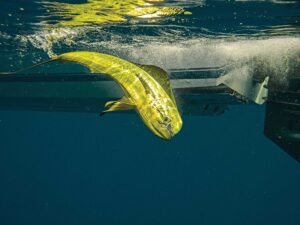May is finally here. The water is warm, the days are getting longer, and our favorite fish return. Shake off the dust and get on the water.
Quicklook: Best Places to Fish in May
- Best for the Northwest: Halibut
- Best for the Gulf Coast: Tuna, Mahi, Wahoo
- Best for North Carolina: Blue Marlin
- Best for Georgia: Black Drum
- Best for New Jersey: Fluke
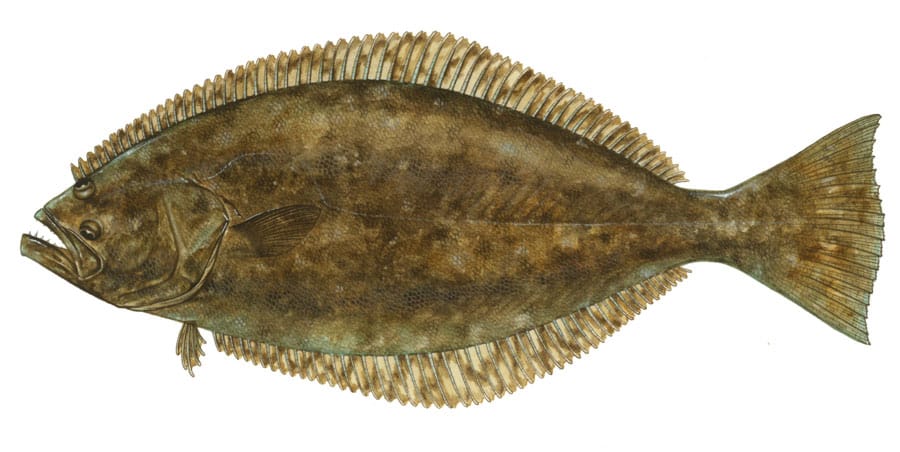
Northwest Halibut Hunting
Weather is the biggest obstacle to fishing in May. I need calm conditions to bottomfish for halibut in 600 feet. A typical run is 28 to 30 miles to the edge of Astoria Canyon, where we drift over areas with shale bottom. To reach the substrate in 100 fathoms, we use 5 pounds of lead. Deepwater fishing requires a sturdy 6-foot-long rod with a roller tip and a levelwind conventional. Big fish are looking for a big bait, so I use a whole herring, squid, shad or slab of mackerel. The payoff is a 40- to 50-pound halibut. —Capt. Gene Kayne, Warrenton, Oregon
Gulf Coast Pelagics
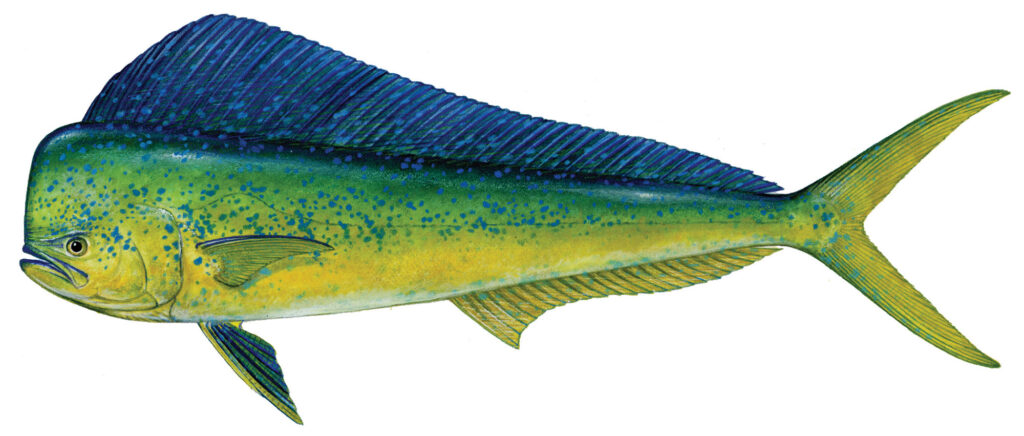
In May, we start looking for pelagics such as tuna and mahi. The tuna season depends on the water salinity. If the water stays salty, the fish will move closer to shore. The most popular way to target tuna is with topwater poppers. Wahoo are another popular target in May. Anglers troll large swimming plugs up to 12 knots, triggering the ‘hoo’s predatory instincts. —Mike Wright, Gulfport, Mississippi
North Carolina Blues
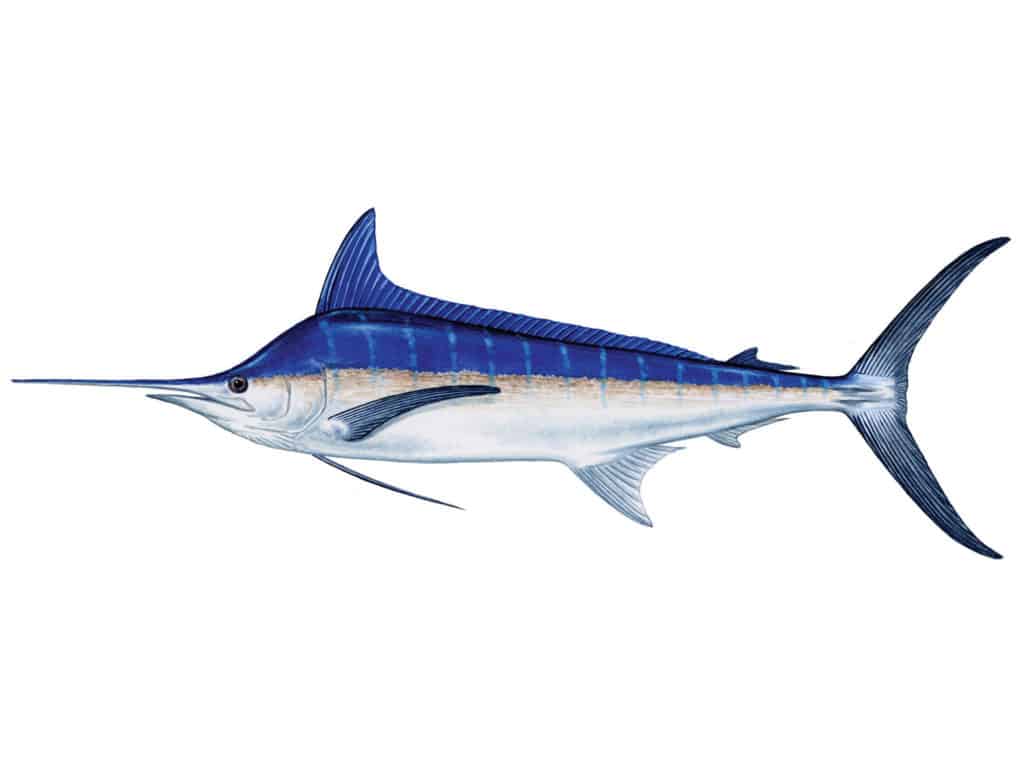
When blue marlin move into range, it’s hard to get excited about anything else. I start seeing blue marlin at the end of April, and the season culminates with the Big Rock Blue Marlin Tournament in May. To find fish, check up-to-date satellite data for temperature breaks and eddies in the Gulf Stream. Most anglers troll large lures for blue marlin. Every angler has his favorite lures, but the fish seem to prefer lures with black in the color scheme. During last year’s Big Rock tournament, we released five blues in one day to win the daily and overall release prize. —Hank Boughman, Atlantic Beach, North Carolina
Georgia Big Uglies
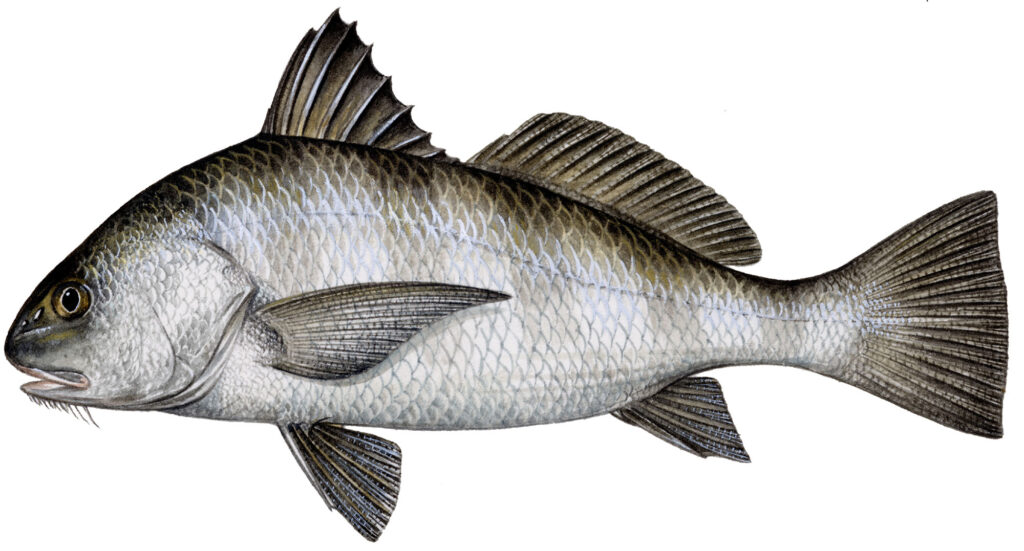
Black drum arrive to the Crooked River in May. The average fish is between 5 and 40 pounds, and it’s possible to catch a black drum up to 100 pounds. Fishing for black drum is simple. Find a 20- to 40-foot deep hole on the Crooked River or in Cumberland Sound. Anchor the boat and fish bait on the bottom. Tie on a two-hook bottom rig to the braided main line, baited with blue crab. The current is strong, so a 4-ounce sinker helps hold the bait on the bottom. —Allen Wass, St. Marys, Georgia
New Jersey Fluke
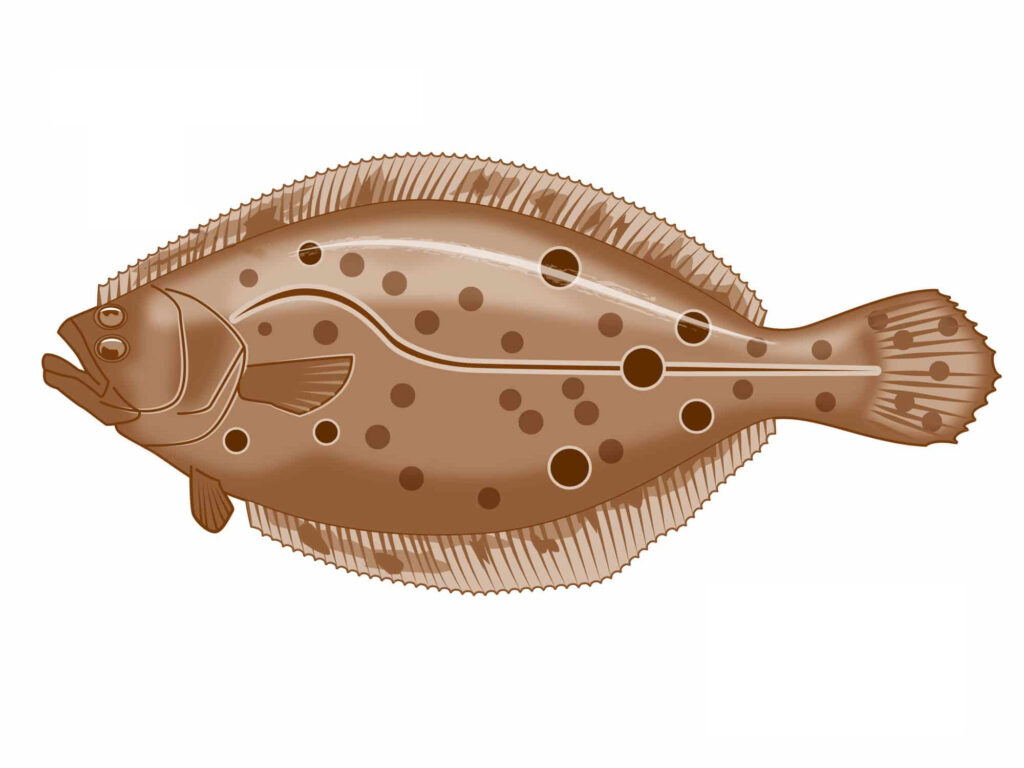
Fluke fishing is a big deal in May. Plenty of fish hold at Manasquan Inlet, Toms River and Barnegat Bay. Fish arrive to the ocean first and then move in through the inlet before reaching the river. Drift across soft bottom while bouncing a 4-inch curly-tail Gulp on a bucktail. Or drift a spearing on a dropper rig with a 1- to 4-ounce sinker. Last year, fluke fishing was just OK. Strict regulations make it tough to find a keeper fluke. —Vinny Faiella, Point Pleasant Beach, New Jersey

